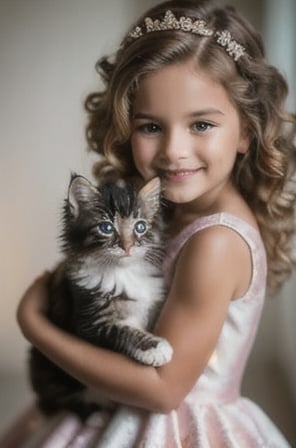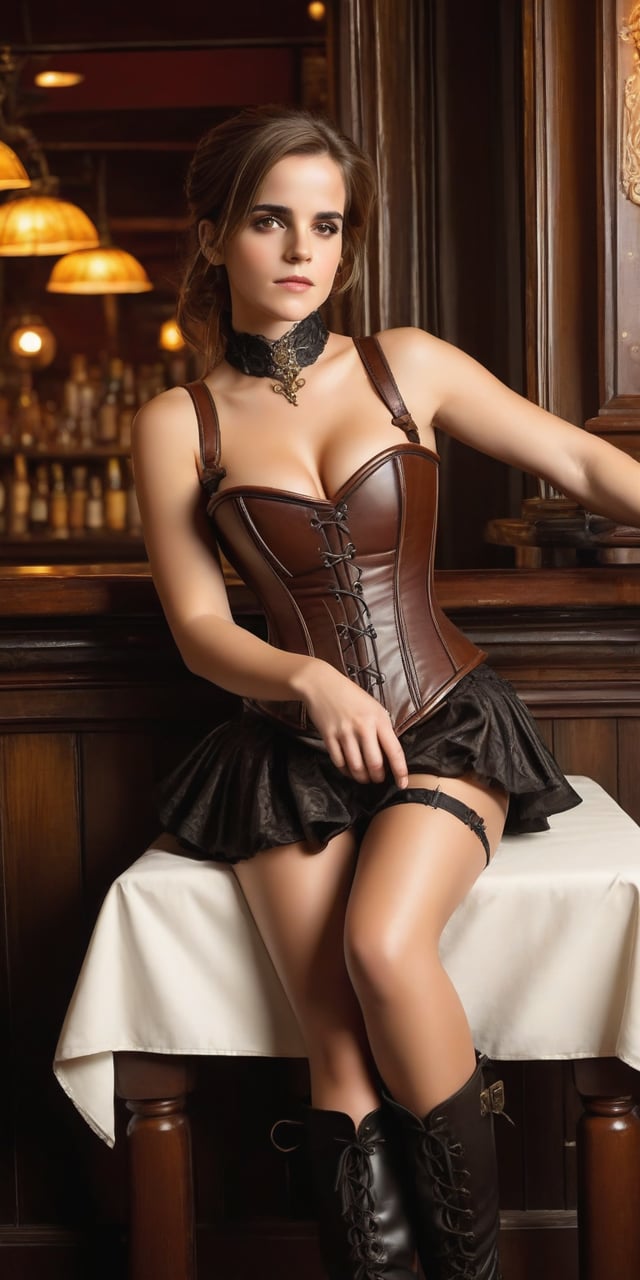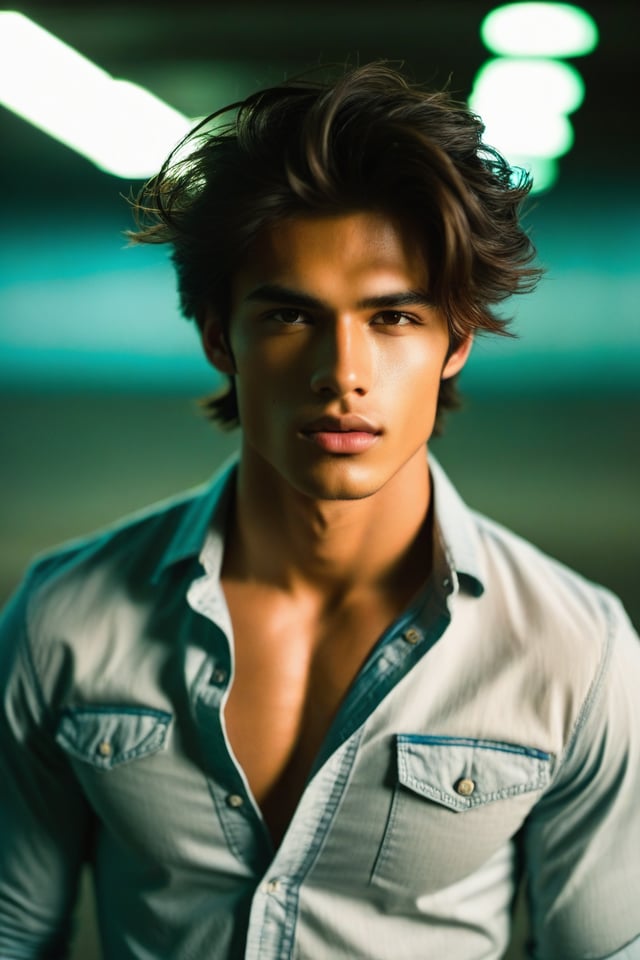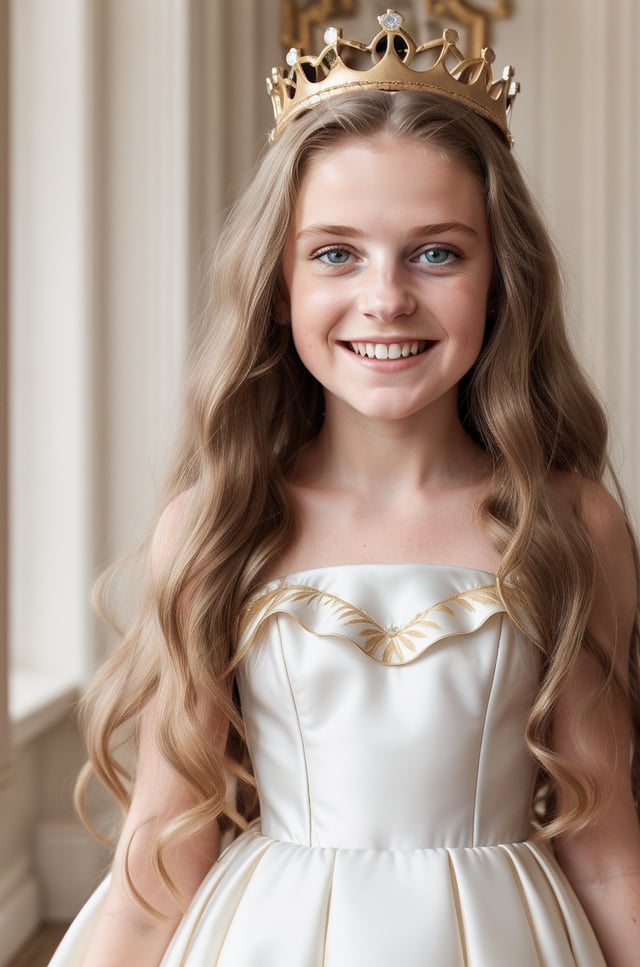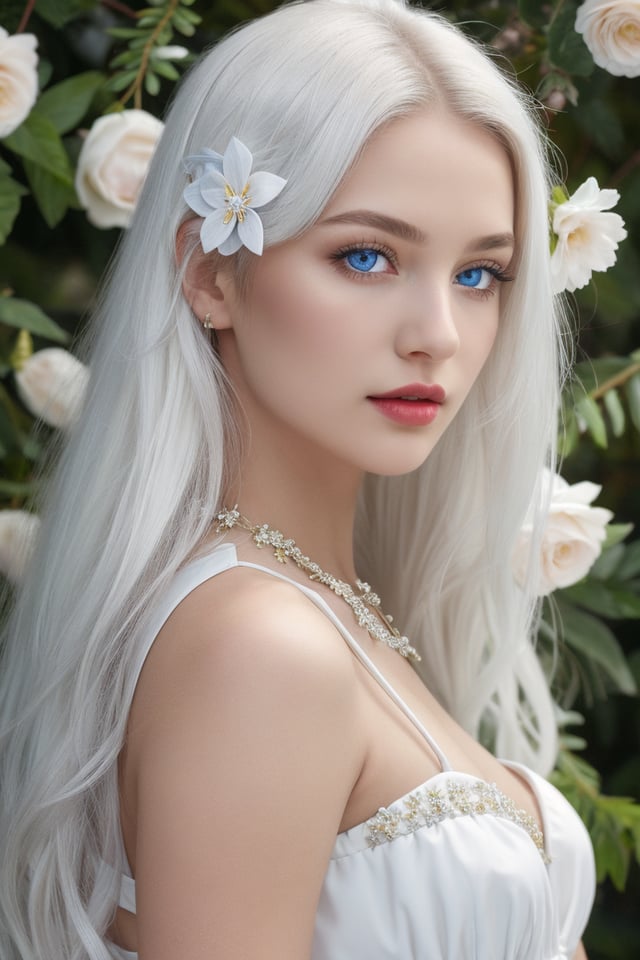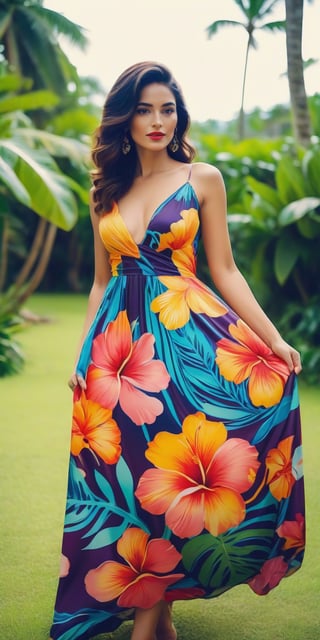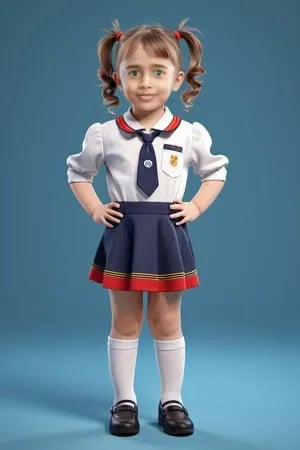The Evolution of Indian Actor Photography: A Blend of Tradition and Modernity
The Evolution of Indian Actor Photography: A Blend of Tradition and ModernityIndian cinema has always been a tapestry of vibrant cultures, rich traditions, and evolving aesthetics. The photography of Indian actors, a crucial aspect of this industry, has seen a fascinating transformation over the decades. From the sepia-toned stills of yesteryears to the high-definition digital portraits of today, actor photography in India offers a compelling study of how art, technology, and cultural nuances converge.The Golden Era: A Nostalgic LensIn the 1940s and 1950s, Indian actor photography was a realm dominated by black and white imagery. Photographers like J.H. Thakker and Dhiraj Chawda captured the timeless elegance of stars such as Raj Kapoor, Madhubala, and Nargis. These portraits were characterized by their simplicity and focus on the actor's expressive features. The lighting was often dramatic, with deep shadows and stark contrasts that added a theatrical flair, reflecting the melodramatic nature of films from that era.The Technicolor TransformationThe advent of color photography in the 1960s and 1970s revolutionized actor photography in India. This period saw a burst of vibrant hues that mirrored the changing dynamics of Bollywood films. Stars like Amitabh Bachchan, Hema Malini, and Zeenat Aman were captured in lively colors, often against elaborate sets and with props that added to the narrative of their on-screen personas. The use of color not only enhanced the visual appeal but also allowed photographers to experiment with mood and atmosphere, making the portraits more dynamic and engaging.Digital Age: Precision and PerfectionWith the digital revolution in the late 1990s and early 2000s, Indian actor photography entered a new era of precision and perfection. Photographers such as Dabboo Ratnani and Atul Kasbekar began to push the boundaries of creativity, leveraging advanced digital cameras and editing software. The emphasis shifted towards high-definition clarity, intricate details, and flawless aesthetics. This era also saw a blend of traditional and contemporary elements, with actors like Shah Rukh Khan, Deepika Padukone, and Ranveer Singh being photographed in settings that fused modern fashion with cultural motifs.Thematic and Conceptual PhotographyIn recent years, there has been a growing trend towards thematic and conceptual photography. This style moves beyond mere portraits to tell a story or convey a deeper message. Photographers like Avinash Gowariker and Rohan Shrestha have been at the forefront of this movement, creating images that are not just visually stunning but also thought-provoking. Whether it's an environmental theme or a nod to Indian mythology, these photographs are rich in symbolism and artistry, showcasing actors in a light that reflects their versatility and the narratives they embody.The Future: Blurring BoundariesAs we look to the future, the boundaries of Indian actor photography continue to blur. The rise of social media platforms like Instagram has democratized this art form, with actors and photographers sharing behind-the-scenes glimpses and candid moments with fans. This shift towards a more personal and interactive style of photography has made the stars more accessible and relatable.Moreover, advancements in technology such as AI and virtual reality are set to further transform this landscape. Imagine a photoshoot where the actor is virtually placed in any location, historical era, or fantastical setting – the possibilities are endless. This intersection of technology and creativity promises to usher in an era of unprecedented innovation and expression in Indian actor photography.ConclusionIndian actor photography is a fascinating journey through time, reflecting the evolving tastes, technologies, and cultural currents of each era. From the classic elegance of black-and-white portraits to the high-tech precision of digital imagery, this art form continues to capture the essence of Indian cinema and its iconic stars. As we move forward, one thing remains certain: the lens will always find new ways to celebrate the charisma, beauty, and artistry of Indian actors, keeping the magic of Bollywood alive for generations to come.
